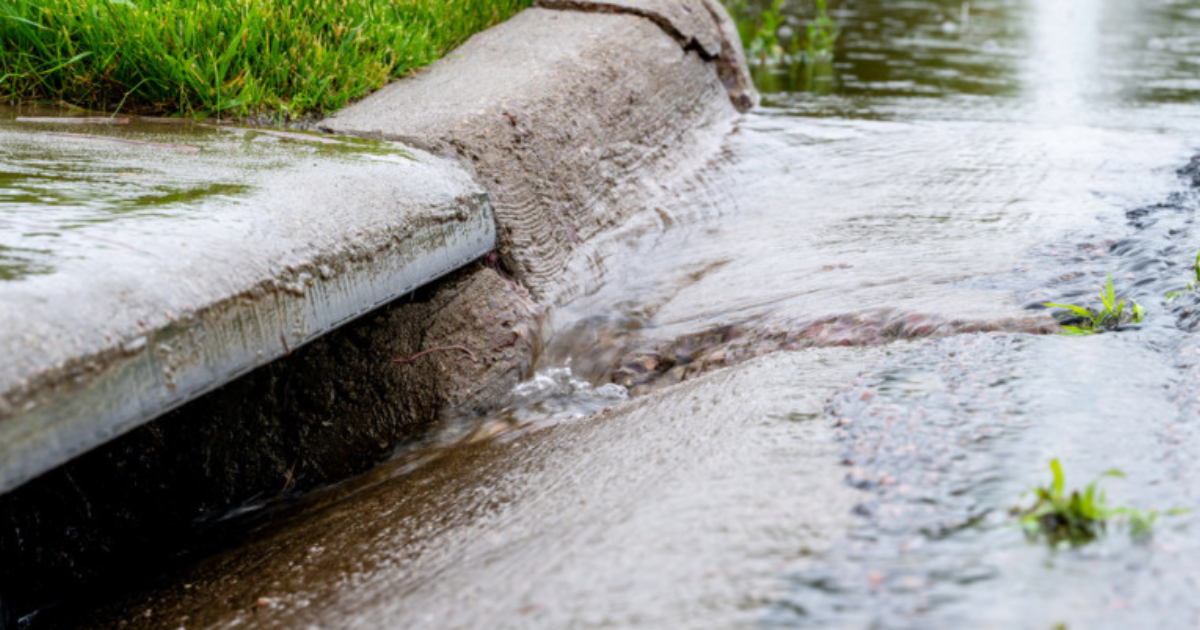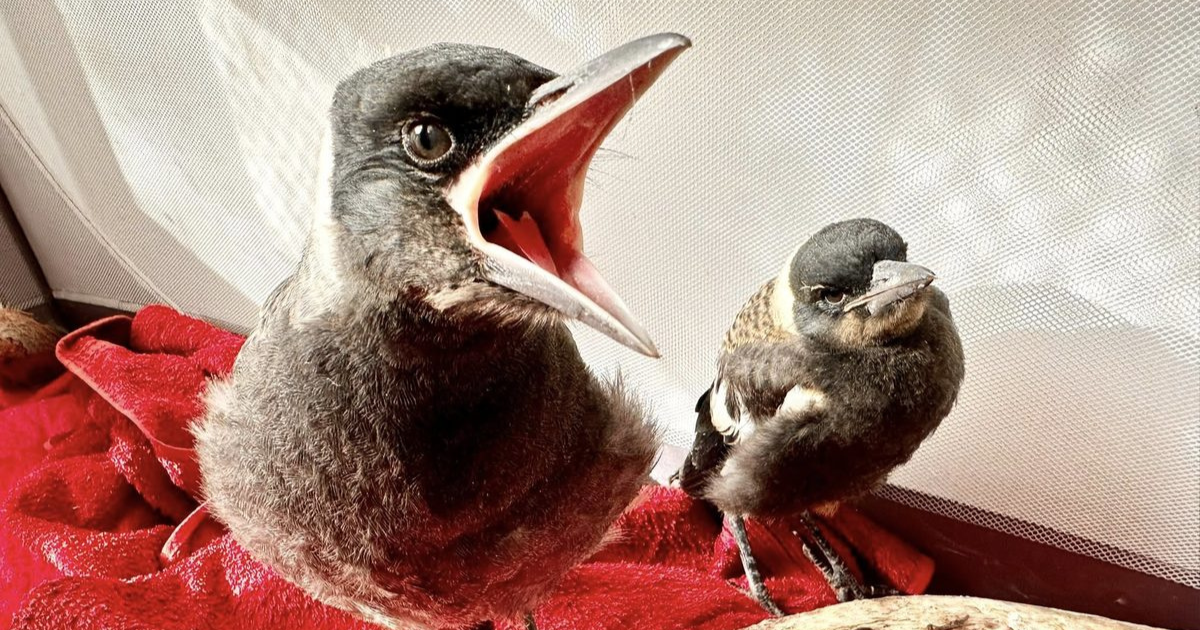Dig in and vote for Jan Juc’s famous fossil
Surf Coasters have the chance to vote for a locally found piece of history to become the official fossil emblem for Victoria.
Janjucetus hunderi is one of eight fossils in the hunt for the top honour after being included in a public voting campaign launched by Museums Victoria.
The Janjucetus whale fossil was found at Jan Juc in the late 1990s by 19-year-old Staumn Hunder who spotted it protruding from a boulder while exploring the cliffs on a walk.
Palaeontologists have since established Janjucetus was a small but fierce whale of around three metres long that lived around 25 million years ago off the Victorian coast.
Mr Hunder, who now lives in Castlemaine, said he was excited to hear his historic find was included in the vote and he has kept up-to-date over the years with research relating to the fossil.

He can vividly remember the moment he spotted something interesting in the rocks that fateful day.
“I just saw these black protrusions out of this rock and it was quite obvious that it was a skull because you could see the extremities of the nose cavity, the jawline and the back of the skull,” he recalled of his find.
“It looked a bit like a crocodile skull encased in rock.
“I couldn’t believe it, my heart was racing and I couldn’t believe what I was seeing.
“It was like coming across gold or something.”
A teenaged Mr Hunder carried the heavy skull home in a rucksack and decided to donate it to researchers at Monash University in Clayton.
“It was a fair trek to get home and it was raining but it didn’t matter because I was so elated and excited about the whole thing,” he said.

Mr Hunder, who was an avid reader of New Scientist magazine as a youngster, now works in drug and alcohol services but other members of the family have taken the scientific route.
“It’s sort of ironic that both of my siblings have got PhDs in marine botany and I’m the only non-scientist and the only one whose had something named after me,” he laughed.
Museums Victoria’s Dr Erich Fitzgerald said the species was named after the place it was found, Jan Juc, and Mr Hunder because he was the person who discovered it.

“Janjucetus had really gnarly serated sharp teeth – this was a fierce little whale that I wouldn’t want to go for a dip with,” said Dr Fitzgerald, who is senior curator of vertebrate palaeontology.
“It’s an amazing example of citizen science and the fact that everyone out there can make amazing discoveries that change the history of the planet.”

Museums Victoria CEO and director Lynley Crosswell said people of all ages were intrigued by fossils and now they could vote for their favourite.
“Our experts have selected eight remarkable specimens from among more than four million fossils in the state palaeontology collection,” she said.
The top fossil will join Victoria’s state mineral emblem (gold); state animal (Leadbeater’s Possum); the state bird (Helmeted Honeyeater); State flora (Common Heath); State Marine Animal (the Common Seadragon); and our state tartan which incorporates the colours of the shield on the Victorian Coat of Arms and the background of the Eureka Stockade Flag.
To cast your vote go to the Museums Victoria website. Voting closes at 5pm on October 4, 2021.


















